Tips & Advice
Six Key Overcoat Styles
If there’s one benefit of winter, it’s that you can put on your cosy clothes. Whether you’re travelling to work or out at the weekend, we all need that one coat that goes with everything… the overcoat.
The overcoat should be a timeless, versatile and statement piece in your wardrobe. It’s been a staple for many years with no sign of fading away, but with so many styles available it can be hard to pick one that’s right for you. Fear not, we’re here to help you find the best overcoat that will take you through years of winter weather to come.
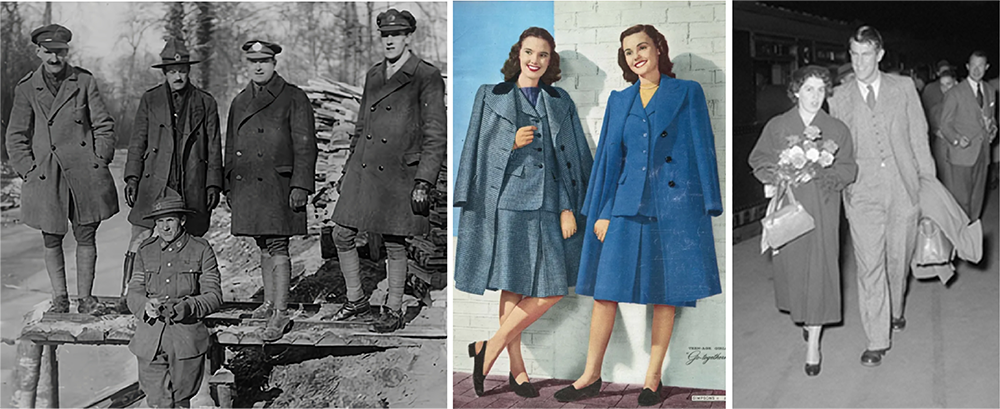
A Brief History
The overcoat has been a key piece of clothing since it was created in the late 18th century. They were often worn as formalwear to represent the wearer’s social status or as part of their uniform, both professional and military. During World War I, the full-length overcoat was an integral part of a soldier’s attire - those in the army wore single-breasted overcoats, whilst those in the navy wore double-breasted coats.
Heavily inspired by the Edwardian Era, working-class teenagers wore them with drape jackets, drainpipe trousers and brothel creepers. In the 1970s, the overcoat (specifically the Crombie coat) was adopted by punk subcultures, starting to explore the gender-neutral styles. By the 1980s, the overcoat was starting to become more mainstream, as men and women took on the power dressing trend. Today, the overcoat remains just as popular and is a wardrobe must-have for those colder winter months.
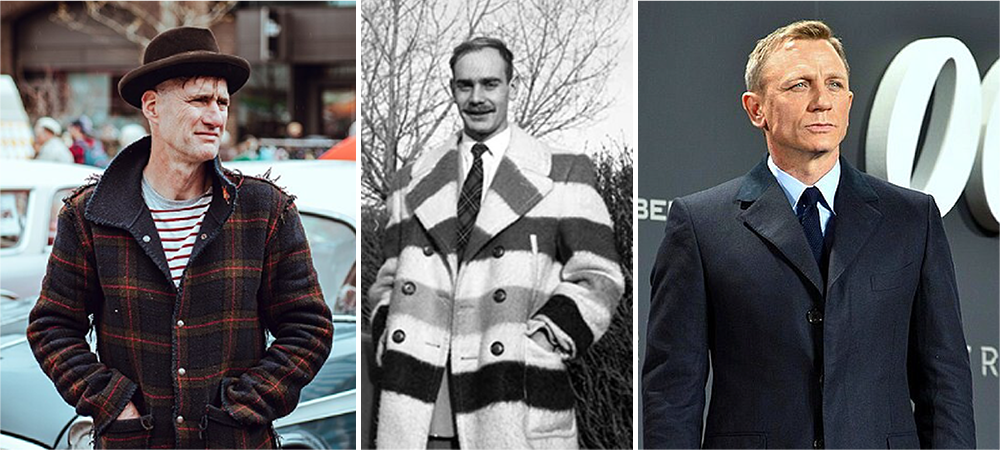
The Six Key Styles
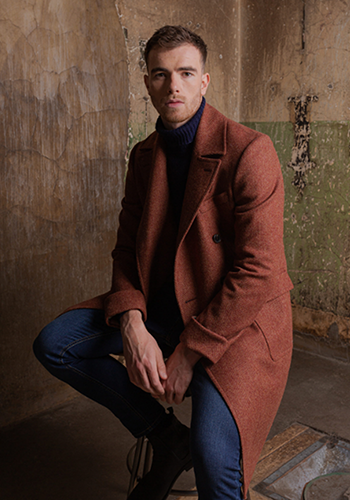
Crombie
The most well known style. The Crombie is a long, wool coat traditionally worn over a suit. It tends to be single-breasted with a simple design, meaning it’s highly versatile and can be dressed up or down.
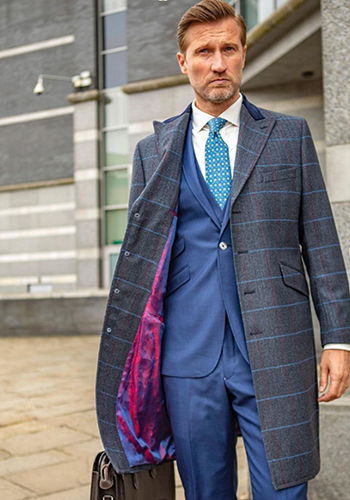
Chesterfield
Another classic style. The Chesterfield is smarter than the Crombie, sometimes including a velvet collar. It tends to be single-breasted but can be double-breasted depending on the style, and is often worn with a suit due to it’s smarter silhouette.
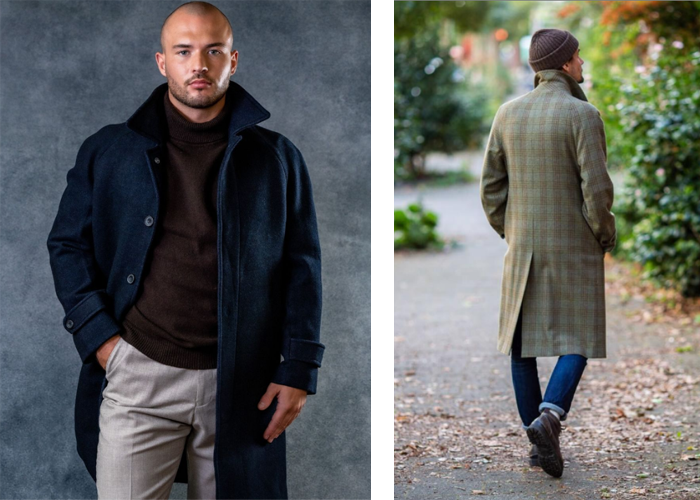
Balmacaan
A more contemporary style that has become increasingly popular over the years with its clean shape and prussian collar. It has a ‘raglan sleeve’, where the sleeve is brought to the neck collar instead of the shoulder - this creates a more relaxed silhouette and also minimises seams thereby retaining more warmth. Balmacaan overcoats are typically made from tweed or gabardine and are a great coat for everyday use.
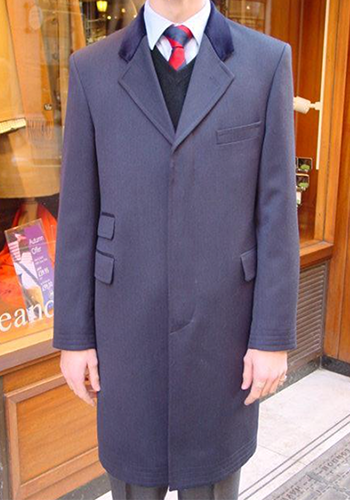
Covert
a lighter option than the traditional overcoat. Made from twill instead of wool, the Covert coat is a slimmer and shorter fit than other overcoats. Due to its origin in hunting and riding, the Covert coat typically has four ‘railroad’ stitchings on the sleeves and bottom hem to prevent damage, along with a deep vent in the back.
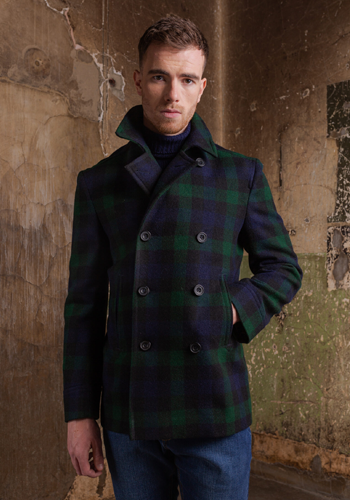
Pea
A shorter alternative to the traditional overcoat style. Based on the English reefer jacket, the Pea Coat is double-breasted with six or eight buttons. It tends to be ¾ length with oversized collar and lapels. It’s ideal for the more casual style if you prefer to wear casualwear over suits.
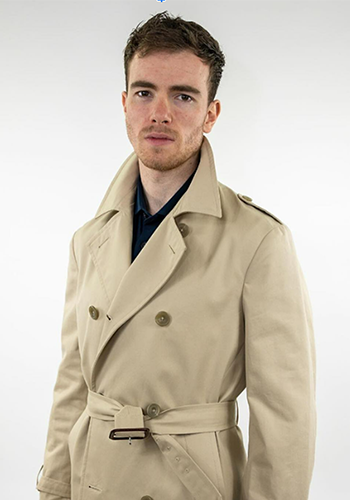
Trench
A lighter topcoat within the overcoat family. A timeless style made popular by designer Burberry. They tend to sit below the knee, with a double-breasted front and finished with a belt. Due to their military background, the Trench coat typically has some military embellishments, for example sleeve adjusters and epaulettes on the shoulder.
Means Business... and More!
Many people think the overcoat is just the winter layer for a suit during colder months, but it has so much more potential. Yes, an overcoat will always look great with a suit, but it shouldn’t stop there. People have been stretching the style of overcoats for decades!
Wearing your coat with a hoodie, chinos and trainers is always a great combination for that more easy-going look, showing that your overcoat really isn’t just a one trick wonder in your wardrobe. Here are some key styling options to help add some versatility to your overcoat look:
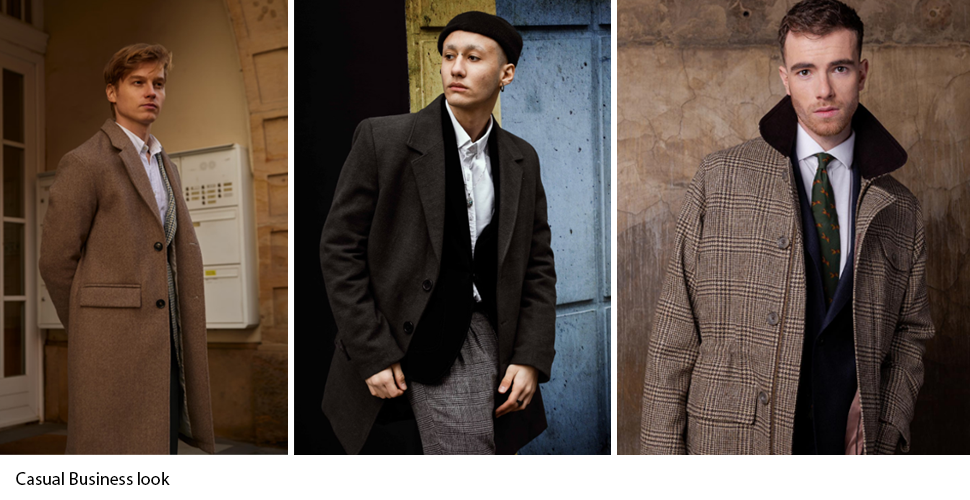
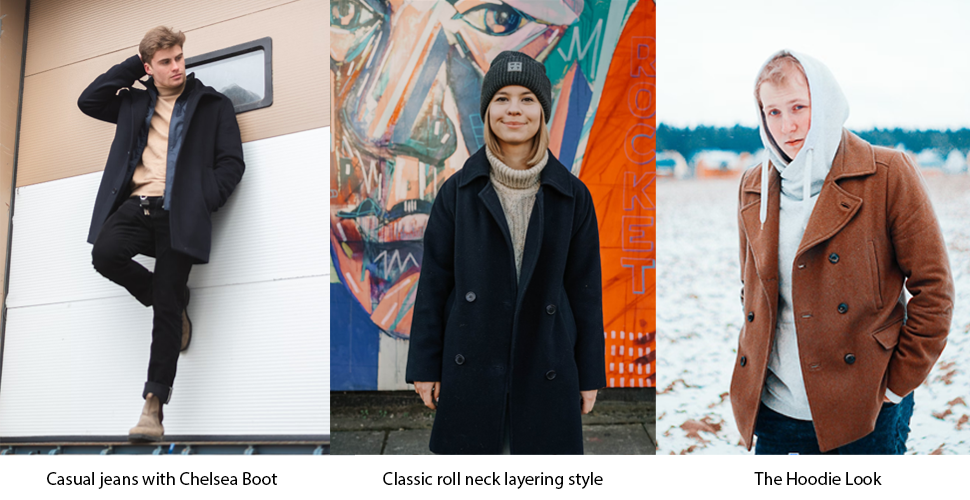

Fabrics
For the modern classic look, a merino wool or cashmere blend are the top choices for overcoats, as they’re long-lasting and the warmest materials. Tweed is also a great option - timeless, traditional and perfect for adding that little bit more texture/pattern.
Lining
Looking for a bolder style inside… add a flash lining for that extra bit of personality. If you want to stay more traditional, go for a lining that matches your main fabric or a contrasting shade for a little more flair.
Colour
The typical choice is a plain colour that pairs with lots of shades - for example black, grey or navy - as it makes your coat more versatile when wearing it with other garments. There are bolder options and shades that also look great, for example deep reds and dark greens. Or you can even go for a statement pattern if you want your coat to be the focal point of your winter outfit.
Excited about getting an overcoat? Contact us today with any questions, or book a consultation with one of our consultants to craft your dream garment. All initial consultations are free so you can build your coat before any commitment.
You might like...
-
 The King & Allen guide to dressing for a job interviewTips & Advice
The King & Allen guide to dressing for a job interviewTips & AdviceThe King & Allen guide to dressing for a job interview
-
 The King & Allen guide to… choosing the perfect Summer suitTips & Advice
The King & Allen guide to… choosing the perfect Summer suitTips & AdviceThe King & Allen guide to… choosing the perfect Summer suit.